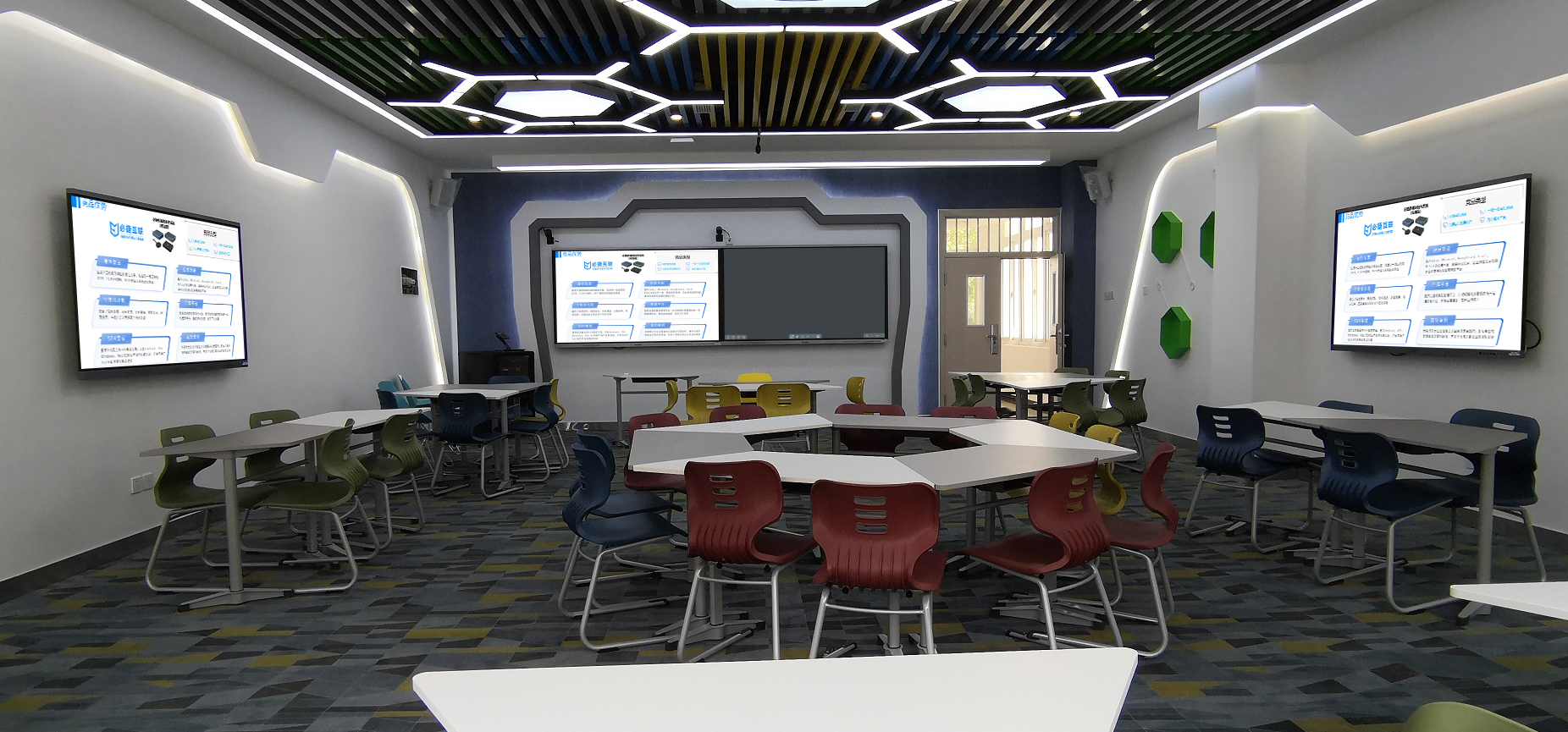Multi-Screen Interaction: A Device Collaboration Screen Mirroring Solution
This multi-screen interaction solution breaks the limitations of a single screen, allowing seamless content flow between devices like phones, computers, tablets, and large displays. Without the hassle of cables, your devices can work in perfect sync in office, classroom, and leisure settings.
Seamless Multi-Device Linkage
Whether you’re using a phone or tablet with an Android or Apple system or a computer with a Windows or macOS system, you can easily access the same interactive system. Devices on the same network are automatically recognized, and you can connect by scanning a QR code or selecting the device. There’s no need to worry about brands or models, as new and old devices can all connect. Once connected, content can be freely transferred across screens. A photo you take on-site with your phone can be instantly sent to your computer for organization, and a proposal from your computer can be easily pushed to your tablet for viewing. There’s no need to use a USB drive or other file transfer tools.
Practical and Flexible Interactive Functions
- Supports Multi-Screen Split and Simultaneous Display: In a meeting, a large screen can be split into four windows to display proposals from four different devices at the same time, so you don’t have to frequently switch between screens during discussions. In a classroom, a teacher can mirror courseware to both the main screen and students’ tablets at the same time, so students in the back can look down to see the key points clearly.
- Supports Convenient Cross-Screen Control: You can use a tablet as a “remote control” for the large screen to turn pages and annotate without having to be in front of the screen. A computer can also take over phone operations, allowing you to view incoming messages and answer calls directly on the computer without fumbling with another device.
Strong Adaptability to Multiple Scenarios
- Office Scenarios: Team members can use their own devices to look up information and jot down ideas. Valuable content can be mirrored to the large screen at any time to be shared. When someone has an idea during a discussion, they can annotate it directly on their own device, and it will be synchronized to the large screen for everyone to see, which greatly improves collaboration efficiency.
- Educational Scenarios: A teacher can mirror courseware to the main screen, and students’ tablets can receive it at the same time. If a student has a question, they can mirror their notes or problem-solving steps to the main screen, and the teacher can annotate the main screen to provide an answer directly. The interaction is more flexible than with a single large screen.
- Home Scenarios: You can mirror a movie from your phone to your TV, and your tablet can simultaneously show the playback controls. This makes it more convenient to adjust the progress and select episodes while you’re lying down. Family members can each select photos from their own devices, and they can all be mirrored to the large screen to create a “family album,” making sharing more engaging.
There’s no complex wiring needed, as the devices can be used just by connecting to the network. An administrator can remotely check the interaction status of each device and set device access permissions. Daily maintenance is hassle-free, and multi-screen linkage allows each device to achieve its full potential.